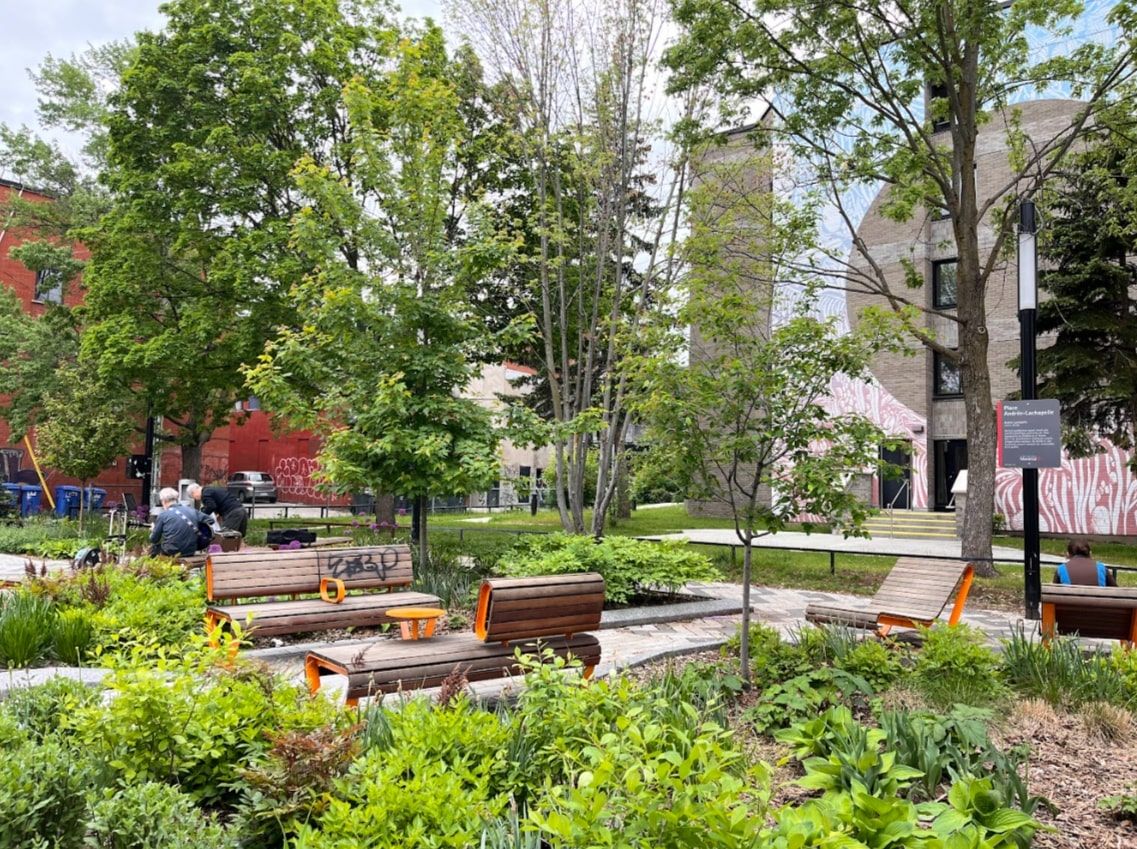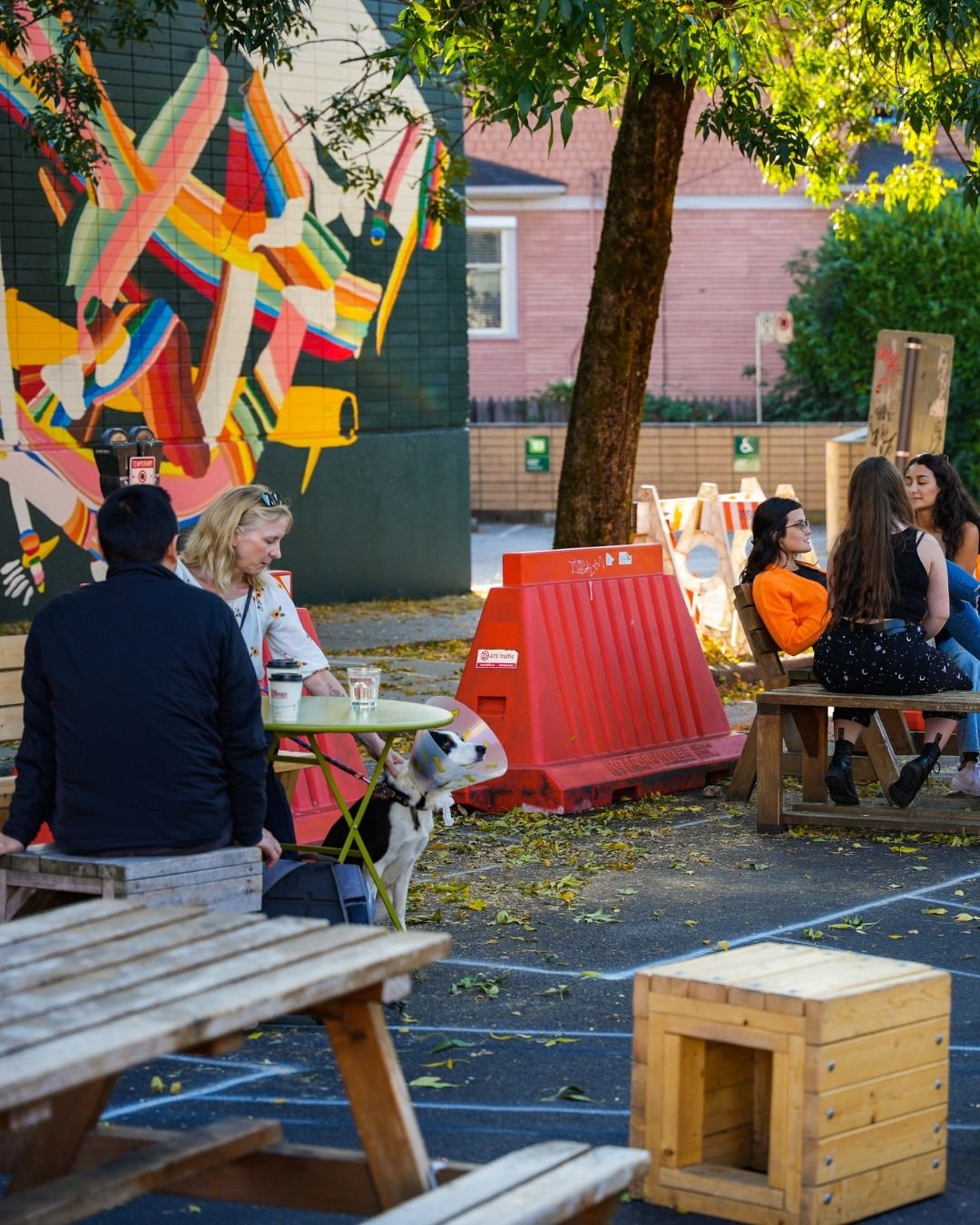- As park space and funding becomes scarce, cities are turning more to look at the quality and performance of existing spaces.
- Few cities measure the quality of park amenities and experiences, while all have some measures of park quantity.
- Layering uses to allow for a greater intensity of use is one way to maximize the potential of existing parkland.
As cities struggle to find and pay for new park space to meet growth needs, some argue that a shift towards focusing on quality is part of the solution.
Having enough park space is critical, but the quality of park space can greatly determine its use. Quality can be about the amenities present (or missing), but it can also be about whether a space feels welcoming or safe to people.

“We have to realize that we are transitioning to a state in which securing parkland through development will incrementally become more challenging, effectively leading to a reduction in parkland per capita over time in the absence of alternative parkland acquisition tools,” said one park manager in an Ontario municipality, citing changes to provincial legislation in Ontario that affect the amount of parkland cities receive through development.
“Which means we need to look at quality and use of space rather than quantity much more effectively.”
This park manager noted their city is already seeing a reduction of parkland area in development applications—in some medium to high density new growth areas, the city is seeing up to a 60% reduction in the ability of securing future parks. The reduction is much more acute in high density neighbourhoods where more and more people are required to share fewer public spaces.
While quick to point out that this change is detrimental, this manager also sees a potential positive in pushing cities to look more closely at existing assets and how best to use them.
So, what does a focus on quality look like?
It might look like ensuring park spaces have amenities that a nearby community needs and that those amenities are in good repair. It might also lie in understanding the socio-cultural dimensions of a park and whether the facilities, programming, and overall design are relevant for surrounding communities.
These seem like basic measures, and yet just 43% of cities said they measure park quality at all. Even fewer collect socio-demographic data on park use to understand whether the park is meeting diverse community needs. At the same time, 100% of cities reported aging infrastructure and asset management as a challenge.
For one park manager, part of the answer lies in rethinking the intensity of use of parkland and ensuring that we’re maximizing the potential of land and amenities.
For example, the manager noted that one of the challenges that growing cities are facing is designing for large format sports facilities like soccer and baseball, which are land intensive while limited to a single use. If cities are going to need more of these facilities to meet demand, the question is then how to increase the intensity of use in existing assets for longer periods of time, rather than simply thinking about where to build new ones, this person said.
One idea might be looking at seasonal doming of sports fields so they can be used all-year regardless of weather conditions. Other cities, like North Vancouver, are turning disused infrastructure into amenities that meet current demands, like transforming an old swimming pool into a skatepark. Other cities have split uses between warmer and colder months, allowing for once single-use facilities, like tennis courts, to be used for other purposes, like off-leash dog areas in the winter months.
All show the potential of rethinking existing spaces to ensure they’re performing well and meeting current community needs.
- Conduct regular assessments of park quality that look at the number and condition of amenities, but also resident surveys to understand non-observable experiences of perceived safety, comfort, and inclusion, with particular attention to equity-deserving groups.
- Design spaces to be used flexibly, by finding ways to layer multiple uses by season or time of day, and designing single amenities to be used two or more ways.
- Ensure spaces are designed to maximize use in all weather and seasons through infrastructure such as shade structures, awnings, and other elements to manage microclimates.


